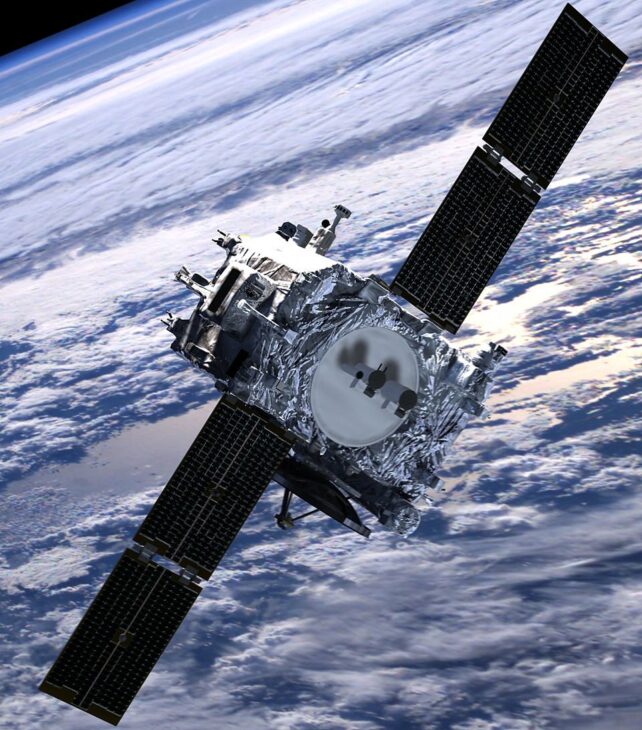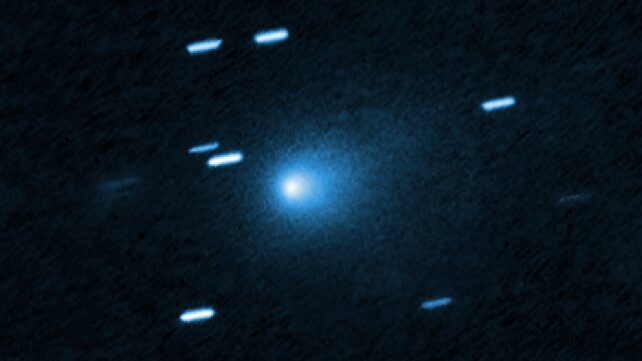Comet 3I/ATLAS, only the third known visitor from beyond our Solar System, has been brightening far more rapidly than expected as it approaches perihelion, its closest point to the Sun.
From Earth, the comet has been positioned almost directly behind the Sun for the past month, making ground-based observations nearly impossible during this crucial period. Instead, astronomers have been watching from space-based observatories.
Enter an unlikely group of observers – solar-monitoring satellites.
Related: Strange Green Glow From Interstellar Comet 3I/ATLAS Has Scientists Puzzled
Researchers Qicheng Zhang from Lowell Observatory and Karl Battams from the US Naval Research Laboratory realised that spacecraft designed to watch the Sun's corona could also track the comet during its near conjunction with our star.
Using instruments aboard STEREO-A, SOHO, and GOES-19, they captured the comet's dramatic transformation.

What they found was striking. Between mid September and late October, as 3I/ATLAS closed in from about 2 astronomical units (roughly twice Earth's distance from the Sun) to just 1.36 AU, its brightness surged dramatically.
The team calculated that the comet's brightness increased proportionally to the inverse of heliocentric distance to the 7.5 power, a significantly steeper brightening than the earlier rate observed when it was farther out.

To put this in perspective, most comets brighten gradually as they approach the Sun and ice turns to gas. This interstellar visitor is brightening at roughly twice that typical rate, suggesting something unusual is happening on its surface.
The observations also revealed that the comet appears distinctly bluer than sunlight, a telltale sign that gases, rather than just dust, are contributing substantially to its visible brightness.
Earlier observations had found the comet's dust to be reddish, making this blue shift particularly noteworthy. The researchers suspect emissions from molecules like cyanogen and possibly ammonia are responsible for this unusual colouring.
Images from GOES-19's coronagraph resolved the comet as an extended object with a visible atmosphere, or coma, stretching about four arc-minutes across the sky. This glowing envelope of gas and dust surrounding the nucleus confirms that 3I/ATLAS is actively shedding material as solar heating intensifies.

The comet reached perihelion on October 29, and the team's calculations suggest it may have brightened to around magnitude 9, bright enough to be visible through smaller amateur telescopes.
Now that it's emerging from behind the Sun and returning to dark skies in November and December, ground-based observers will finally get their chance to study this remarkable interstellar wanderer in detail.
What caused such rapid brightening remains an open question.
The researchers speculate that the comet's unusual behaviour might stem from its composition, its rapid approach speed, or perhaps peculiarities acquired during its long journey through interstellar space.
A preprint of the research is available on arXiv.
This article was originally published by Universe Today. Read the original article.

